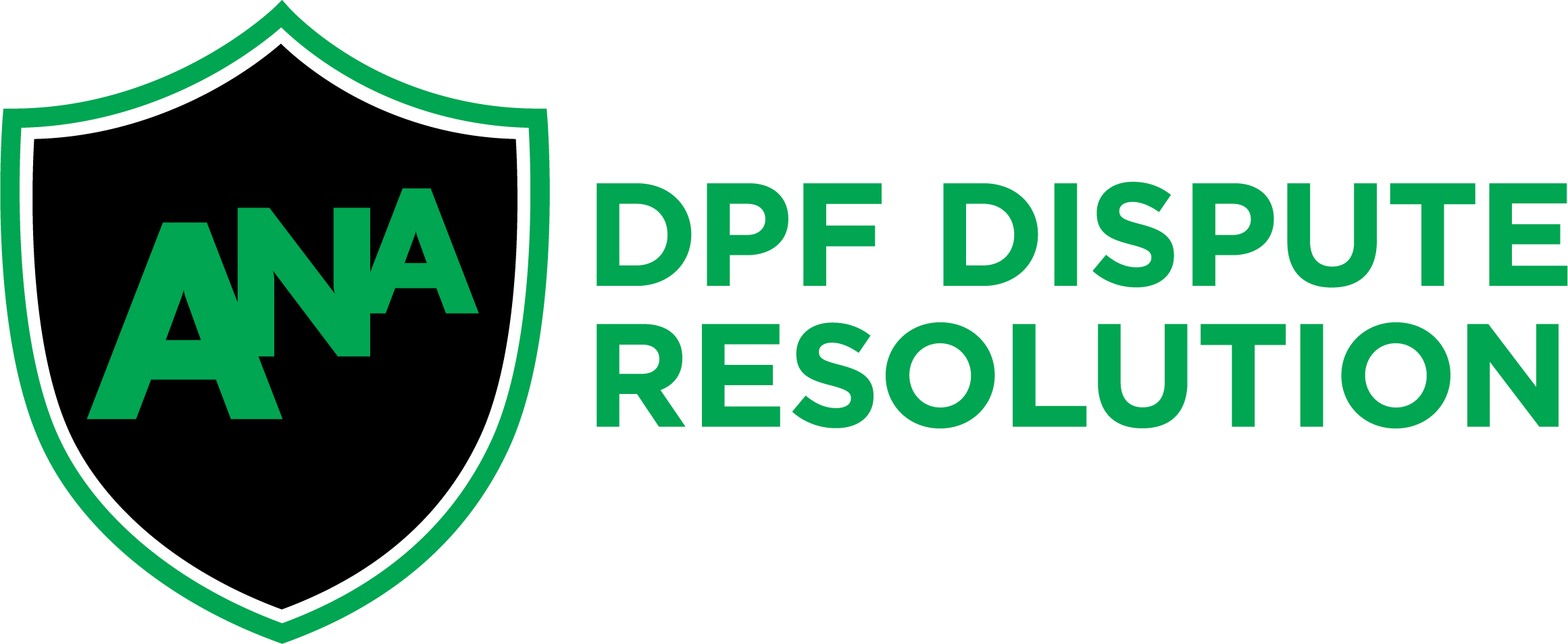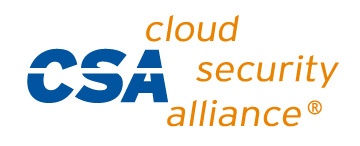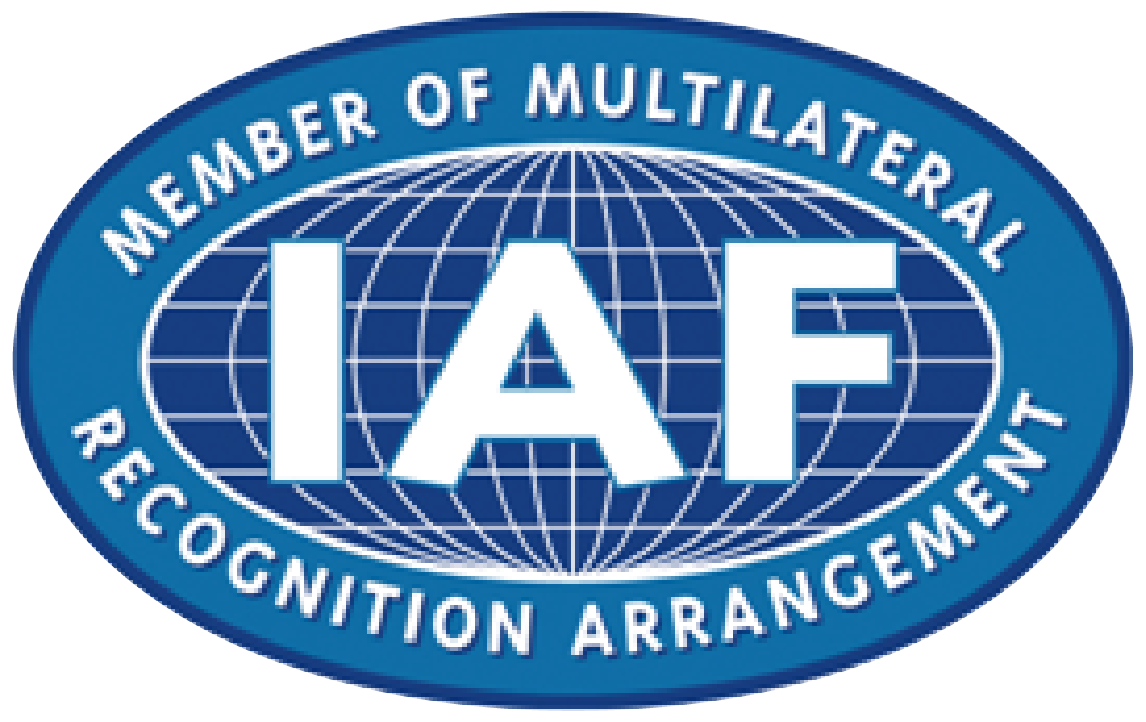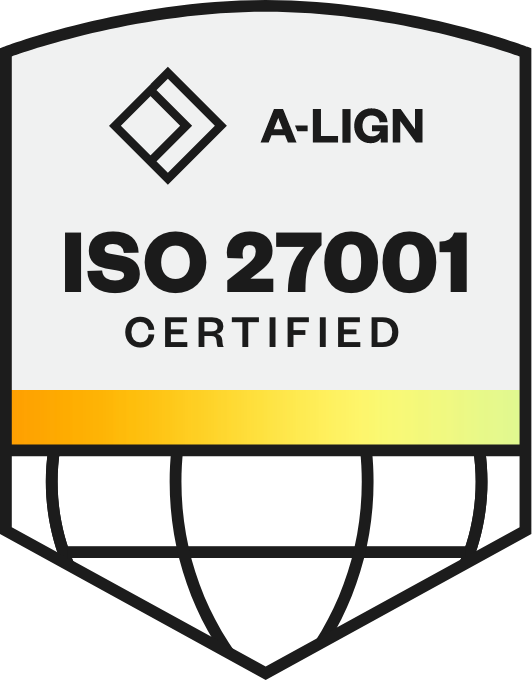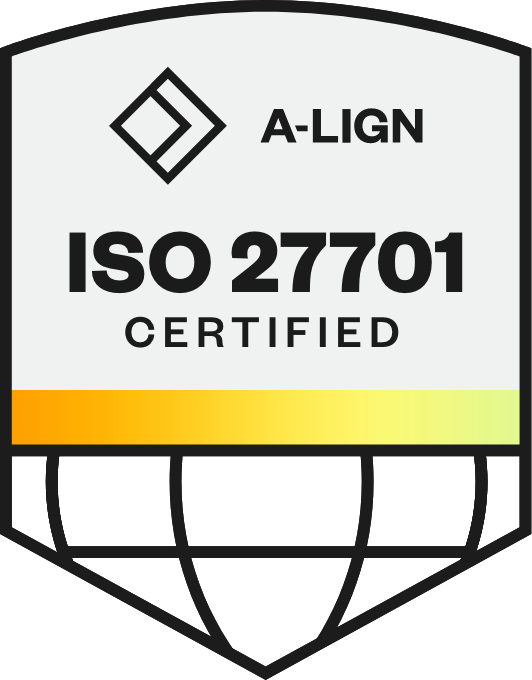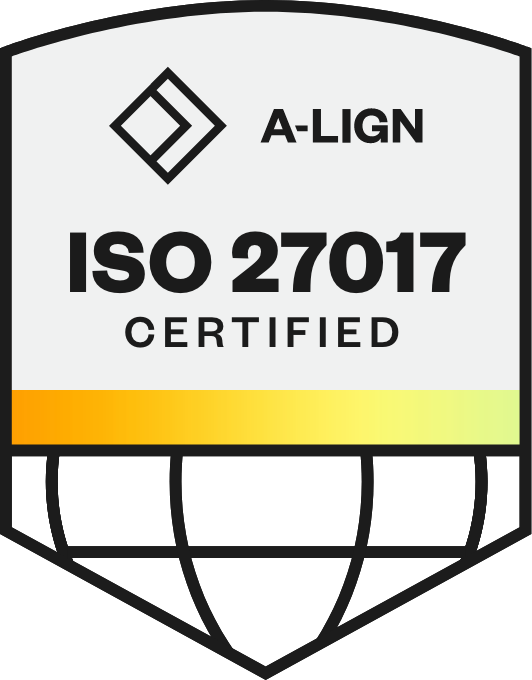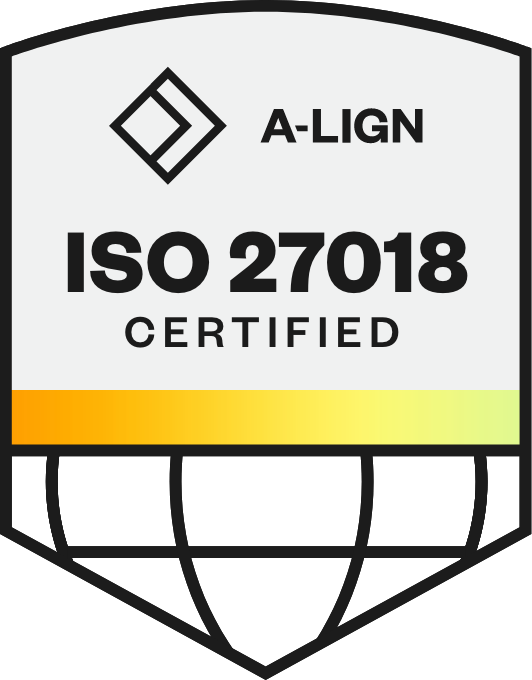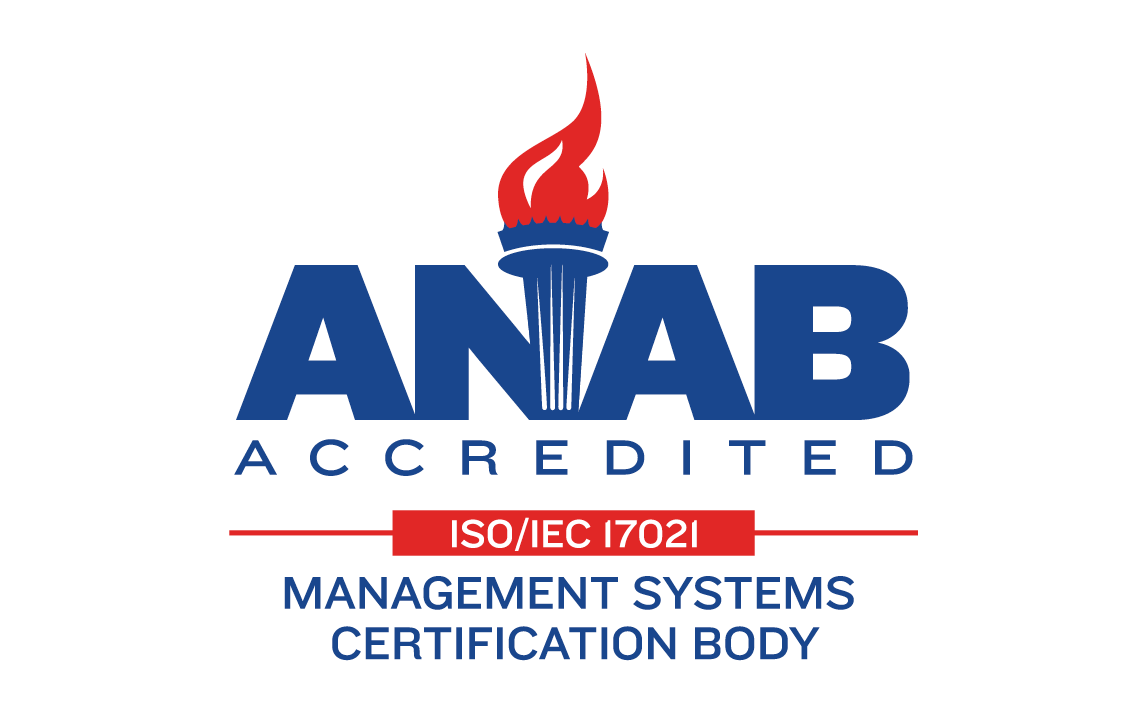
What is a Talent Marketplace and How Can It Improve Employee Retention?
With unstable global markets and employees continually leaving in pursuit of other opportunities, retention continues to impact businesses across all industries. To complicate matters, the employees that do stay are challenged to maintain peak productivity with less support.
No matter what the economic climate is, losing your best employees and their unique skills to your competitors is a disadvantage. Here’s the bottom line:
Executives lack the data, intelligence, and insights to understand skill gaps and retention challenges at the enterprise level
Managers have too much on their plate and cannot support employee growth without effective tools
Employees are burnt out and unwilling to adopt clunky tools without clear benefits
HR is in need of a solution that moves employees from uncertainty to clarity, and helps organizations develop an agile and more capable workforce that can respond to fluctuating conditions.
So how can you reallocate necessary resources while still offering employees a clear path for growth and development? By investing in a Talent Marketplace.
Talent marketplaces represent the next evolution in connecting employees with opportunities — whether that’s a future role, a short-term gig or project, the perfect mentor, or a learning and professional development path.
Keep reading to explore how talent marketplaces can boost retention, support employee growth, and help you remain agile in today’s complex hiring landscape.
In This Article
What is a Talent Marketplace?
A talent marketplace — also referred to as an intelligent talent marketplace, talent mobility platform, or an open talent market — is an internal, artificially intelligent HR platform that’s built to connect employees with learning and development opportunities, as well as career pathing, mentoring, and internal mobility.

Simply put, talent marketplaces elevate your greatest source of talent: your employees. Talent marketplaces use AI-matching to connect employees to:
Career pathing tools
Learning and development (L&D) opportunities
Gigs or short-term projects
The right mentors
Employee resource groups (ERGs) or networking groups
A talent marketplace goes by many different names but its core focus is to illuminate available learning and development opportunities for employees — allowing them to visualize their career path and acquire the skills necessary to go to the next level.
Pro tip: A talent marketplace should integrate seamlessly with your human capital management (HCM) software.
Related Resource: Talent Marketplace: The Next Evolution in Internal Mobility and Career Intelligence
What Makes a Talent Marketplace Different From an Internal Mobility Platform?
Internal mobility refers to how employees move throughout an organization. This movement can be vertical — being promoted to a role that has a meaningful salary, title, or role change — or lateral — moving to an opportunity that is at a similar level.
Internal mobility is a natural process that adapts within growing organizations as the needs of the organization evolve. But internal mobility is a shared responsibility.
While employees are responsible for driving their career forward, managers play an important role in facilitating the right conversations and preparing employees for their next move. In order to take the initiative to move from one role to another, employees must be aware of their options and opportunities.
This is where an internal mobility platform comes in — it can make the right job recommendations, illuminating the available options for employees.
Related Resource: Quadient's Key to Internal Mobility & Creating an Agile Workforce That Lasts
The difference between internal mobility software and talent marketplaces is simple: a well-rounded talent marketplace includes internal mobility features and leverages AI to improve visibility for HR leaders, managers, and employees.
Giving an employee visibility into future opportunities and a clear path to take action is a great way to boost retention. Executives seeking to reduce employee turnover should look first at their employee’s mobility and how easy, or difficult, it may be to make key vertical and lateral moves.
Managers benefit from this visibility as well. Having a clear picture of where an employee’s next step is not only helps to engage and retain that employee, but also to plan for a successor after the move.
All-in-all, an AI-powered talent marketplace illuminates internal talent mobility pathways while offering much more to help drive employee engagement and future-proof your workforce.
Does a Talent Marketplace Support Career Pathing?
The short answer is yes! While internal mobility functions can present an employee’s next move, career pathing illuminates the various long-term opportunities that an employee can consider.
Career paths have traditionally been viewed as stairs or ladders — predictable and easy to visualize and navigate. This model made it easy for employees to understand how to grow with an organization and stay for the long haul.

However, in today’s faster-moving and more agile environment, an employee’s trajectory is no longer linear. Employees are able to move across departments and levels based on their evolving skill sets and preferences, and the evolving demands of the organization.
But without the traditional steps or ladders, possible paths are harder to visualize. This ambiguity and lack of visibility can lead to increased turnover, as employees pursue their aspirations and seek new opportunities outside of the organization. (This is where career pathing within a talent marketplace becomes paramount.)
With access to the right data, AI within a talent marketplace can gain an understanding of how your employees move between jobs and even predict when they might leave. Over time, the workforce intelligence behind a talent marketplace learns the most common moves within your unique business — offering more relevant and accurate information surrounding internal mobility opportunities.
This career intelligence can help guide employees on the right path, and provide impactful insights for executive teams and managers that can influence workforce planning decisions.
Finding a talent marketplace software that offers both internal mobility and career pathing features is crucial when looking to improve employee engagement and retention.
Related Resource: The Inside Gig: How Sharing Untapped Talent Across Boundaries Unleashes Organizational Capacity
What is the Difference Between a Talent Marketplace and Employee Experience?
Employee experience typically refers to the holistic experience of employees from their first day at your organization through their exit interview.
HR technology developed for the employee experience should streamline how teams enroll, engage, manage, and evolve employees.
Software features can aid in onboarding, benefit fulfillment, total rewards/payroll, employee learning and development, productivity, and workforce planning. Employee experience technology can also be tapped for managing performance and well-being.
Whereas internal talent marketplace software is a critical component of the employee experience and its capacity to help employees evolve. It typically assists with learning and development, career pathing, internal talent mobility, and networking functions.
How do Talent Marketplaces and Opportunity Marketplaces Differ?
Different vendors may refer to their solution as an opportunity marketplace. In most cases, a talent marketplace and opportunity marketplace can be used interchangeably. You’ll find that most talent marketplaces are focused on growing talent. They do this by connecting talent with key opportunities that will help them in their career development.
Some talent marketplaces are given a name that’s unique to your organization. For example, your company’s internal talent marketplace could be called a “career hub” or “employee portal”. Regardless of the title, a talent marketplace focuses on connecting employees to available opportunities within your organization.
How Can a Talent Marketplace Improve Employee Engagement?
According to Jesus Latorre-Socas, Lead Product Manager at Phenom, “Retention evolution is critical… it starts with creating a place for your internal talent to learn, grow, and evolve with you. It’s not just about finding jobs. It’s about finding opportunities.”
This is where talent marketplaces come in — designed to boost employee engagement, which in turn increases retention.
Organizations with highly engaged employees experience 59% less turnover and better business outcomes — during both good and bad economic times — regardless of the industry.
Research also shows that "employees at companies with high internal mobility stay almost two times longer than those who don't, and employees who found new roles internally are three and a half times more likely to be engaged than those who haven't."
But how does a talent marketplace actually improve employee engagement?
Through career pathing opportunities, employees are encouraged to set — and meet — goals for themselves, illuminating career paths they may have not considered before.This also allows managers to gain a better understanding of how their employees move between jobs, using this information to help them toward their next role.
Access to learning and development opportunities allows employees to continually evolve. Phenom Talent Marketplace, for example, is engineered to allow integration with organizations’ existing LMS and LXP programs to deliver a robust and tailored learning experience for all employees. This helps create a clearer path of learning and development, inspiring the workforce to develop new skills — instead of overwhelming them.
Engaging in short-term gigs adds diversity to employees’ skill sets. Through this gig model, organizations can quickly adjust staffing volume to meet the needs of consumers and the market as well, and employees can see what else their own organization has to offer them.
The right mentors can proactively engage employees, connecting emerging talent with individuals that will help guide them to new opportunities. Mentorship programs can deepen the connection an employee has with their organization. It can be easy to leave a job, but it’s much harder to leave a relationship.
Employee Resource Groups increase feelings of belonging — both among peers and within the organization — by offering an inclusive environment. Upon joining an ERG, employees are exposed to colleagues and resources that can connect them to future opportunities. Employees can also connect and engage with potential mentors within ERGs.
Using these talent marketplace tools — powered through AI — you can create an employee experience that your talent simply won’t want to leave.
Related resource: A Winning Combination to Drive Employee Retention and Reduce Costs
How Can Talent Marketplaces Support HR Leaders, Managers, and Employees?
Implementing a talent marketplace can give your teams the tools they need to make better decisions and thrive in the face of adversity.
By putting intelligent insights and automation at the fingertips of your c-suite executives, managers, and employees, you can gather a better overall picture of what gaps are in your organization and who’s available to fill those gaps. Here’s how internal talent marketplaces help each of these groups of workers:
Improving Visibility and Talent Agility Within the Workforce for Executives
For executives, having the ability to adjust jobs and reallocate resources to the areas of your business that need it most is one critical way you can stay ahead of the curve. However, most organizations can’t make these adjustments because they lack talent agility — forcing businesses to replace a larger percentage of their workforce, which is a slow, costly, and detrimental process.
Internal marketplaces can help create a more agile workforce through upskilling, reskilling, and the redeployment of talent.
The right talent marketplace will have the ability to structure, understand, and manage profiles, roles, job families, skills, competencies, and more across the enterprise. With this data, the right technology can also illuminate where organizational and individual gaps are.
This intelligence equips executives with the tools needed to visualize and accelerate required transformations, and boost agility during challenging times that require a rapid response.
“Our initiatives, coupled with Phenom’s technology, makes internal career opportunities more tangible and transparent. This encourages our employees to make their next career move cross-functionally within Kuehne+Nagel so we don’t lose them to the external market.” — Sandra Aasma, Global HR Systems Manager, Kuehne+Nagel
Enterprise data can also provide leaders with insight into moments where management should proactively engage workers and encourage internal mobility— allowing for unique opportunities to combat potential losses in your workforce before they occur.
Helping Managers Support Employee Growth
Managers have been faced with a challenging task: support employee professional development, build trust in a company’s mission and purpose, and inspire teams to take action — all while navigating physical and mental health challenges through a pandemic and facing unpredictable swings in global economics.
To handle all of these issues effectively, managers need greater insight into the skills and competencies of their employees. This includes the gaps necessary to fill as talent grows and evolves. Managers also need additional tools to structure their teams, set and achieve goals, and report on progress.
One of the greatest benefits to collecting and harnessing skills data is the ability to visualize gaps and opportunities. At a team level, managers can also begin to plan for future needs, looking deeper at competitive opportunities to hire for specific skills.
Discovering the needs of employees is only half the battle! A talent marketplace equipped with learning and development opportunities, gigs or projects, mentoring, and resource groups can all assist employees in pursuing their path.
Access to a talent marketplace provides managers with more tools to tailor the right plan for every employee while prioritizing internal mobility before looking externally for role fulfillment.
Providing Employees With Opportunities to Learn New Skills
At its core, a talent marketplace is an employee-driven experience — unlocking an employee’s potential, connecting them to growth opportunities, and helping them evolve.
Today, employees are more motivated than ever to find alignment with their company’s values and vision while actively searching for growth opportunities. In order to master their current roles and continue their career development, employees need more visibility into current and future requirements within your organization.
A talent marketplace can help define this with clear job descriptions, goals, requirements, and dependencies. With skills intelligence, internal talent marketplaces can help illuminate an employee’s skills, strengths, and recommended opportunities.
Highlighting the skills an employee needs along their intended career path is a great initial step, but it’s actually helping employees develop these skills that will accelerate their progress. Connecting employees to recommended courses and certifications, mentors, and gigs can fast-track their development.
Transitioning from one role to another is the core of employee evolution. Employees need hyper-personalized visibility, encouragement, and confidence to make key transitions throughout their careers.
The right talent marketplace will present the right opportunities at exactly the right time based on skills, interests, career paths, and more, with clear guidance on how to pursue and initiate a transition. Facilitating this talent mobility based on goals and aspirations helps every employee reach their full potential.
Related Resource: How to Launch an Internal Gig Marketplace
Why is Artificial Intelligence (AI) Important?
The key to helping employees realize their true potential is to deliver actionable and personalized recommendations and opportunities. Without AI under the hood, your employee experience will lack this intelligence and personalization — two key elements that can help boost employee engagement and retention.
A talent marketplace that doesn’t leverage artificial intelligence is destined to be a one-size-fits-all solution, which will fail to resonate with unique individual employees.
What Role Does AI Play in Talent Marketplaces?
Although talent marketplaces are beneficial to executives, managers, and employees, they’re not all created equal.
Some are designed to solely provide employees with more visibility into available positions — but that just scratches the surface when it comes to what a well-developed talent marketplace has to offer.
When determining which internal talent management software is the right fit for your company, don’t forget about the importance of artificial intelligence (AI). AI is an important component when matching capabilities and offering personalization within your marketplace.
Using AI and machine learning, executives, managers, and employees can access better insights into their existing workforce to gain a clearer picture of:
Skills gaps and attrition: highlighting what upskilling opportunities each employee needs to be prepared for the next step in their career — offering potential career paths that are aligned with future available roles.
Organizational and succession planning: allowing C-suite executives to better understand what talent they have to fill existing and future roles to meet ever-evolving business needs.
Career pathing recommendations: by analyzing large collections of data and unique relationships at your organization, talent marketplaces can make individualized recommendations to match employees with the right opportunities.
Retention: illuminating your turnover data and workforce analytics is a key component of understanding the bigger picture. Without these insights, you’ll be making quick decisions that may not influence retention.
Automated workflow options: reducing time spent on tedious tasks can help unlock efficiencies within your hiring team — which is crucial when striving to win the race to engage and hire top talent.
These are just some examples of how AI makes an influential contribution to internal talent marketplaces and how effectively they support your company’s hiring goals — both now and in the future.
How Does AI Streamline Employee Skills Development?
Skills are necessary building blocks for establishing an employee profile and connecting employees with personalized recommendations. By understanding an employee’s existing skills and recognizing the “skill gap” between where they are and where they need to be, an AI-powered talent marketplace can begin to bridge the divide.
AI can also consider competencies and behaviors when building an employee profile — creating a more comprehensive understanding of the talent you already have within your organization.
In addition to personalizing recommendations, AI can personalize an employee’s experience to improve engagement. From employee portal content to email and SMS messages, AI and automation can ensure that employees see the right content at the right time to help them level up their careers.
The Future of Talent Marketplaces
In today’s market, companies must offer opportunities for upskilling and reskilling so that employees not only feel like they belong at their organization, but that they can grow and evolve there as well.
With an AI-powered talent marketplace, organizations can offer their employees an experience that is personalized, automated, and empowering, which ultimately:
Boosts employee retention
Increases employee engagement
Enhances workforce intelligence
Decreases cost to hire
A recent report from Garter® even predicts that “by 2025, 20% of large enterprises will have deployed an internal talent marketplace to optimize the utilization and agility of talent.”
By adopting a talent marketplace, you can future-proof your workforce by remaining in line with competitors and enticing to candidates and employees.
How Does Phenom Talent Marketplace Boost Employee Engagement and Retention?
Powered by AI and automation, Phenom Talent Marketplace delivers the best that separate career pathing and internal mobility software have to offer while elevating the overall experience. With intelligent automation, talent analytics, and personalization, each team within your business can experience the benefits of an internal talent marketplace.
The Phenom Talent Marketplace is designed to improve employee engagement, boost retention, and illuminate areas for improvement across the organization. Our talent marketplace is equipped with:
Intelligent career pathing to illuminate the career paths that are available for each employee, evolving over time. Powered by Phenom AI, this feature allows you to gain a better understanding of how your employees move between jobs, guiding employees toward their next role and providing valuable insights for executive teams and managers.
Gigs and short-term projects are available to create an engaging opportunity to upskill employees while supporting the needs of the business. Through a “gig model,” organizations can quickly adjust staffing volume to meet the needs of consumers and the market.
Learning and development features play a critical role in your employee’s experience. Phenom Talent Marketplace is engineered to allow integration with your existing LMS and LXP programs to deliver a robust and tailored learning experience for your employees. It helps create a clearer path of learning and development, inspiring your workforce to develop new skills instead of overwhelming them.
Mentoring opportunities can proactively engage employees, connecting emerging talent with individuals that will help guide them to new opportunities in both formal and informal settings. Mentorship programs can deepen the connection an employee has with their organization. It can be easy to leave a job, but it’s harder to leave a relationship.
Employee Resource Groups (ERG) that offer an inclusive environment and play an important role in an employee’s career path. Upon joining an ERG, employees are exposed to colleagues and resources that can connect them to future opportunities — like professional development opportunities, open jobs, or short-term gigs. Employees can also connect and engage with potential mentors within ERGs.
Improve Talent Agility & Employee Engagement with a Talent Marketplace
Organizations continue to respond to rapidly changing economic pressures and fluctuations in hiring activity. Tapping into the full potential of your existing workforce and helping employees upskill, reskill, and evolve can be your competitive advantage during uncertain times.
Phenom talent marketplace is equipped with internal mobility, intelligent career pathing, gigs, learning and development integrations, mentoring, employee resource groups, and much more. If you’d like to see a talent marketplace in action before beginning your evaluation process, join one of our upcoming live or on-demand sessions.
Ready to explore Phenom Talent Marketplace? Book a demo here!
Kasey is a content marketing writer, focused on highlighting the importance of positive experiences. She's passionate about SEO strategy, collaboration, and data analytics. In her free time, she enjoys camping, cooking, exercising, and spending time with her loved ones — including her dog, Rocky.
Get the latest talent experience insights delivered to your inbox.
Sign up to the Phenom email list for weekly updates!



